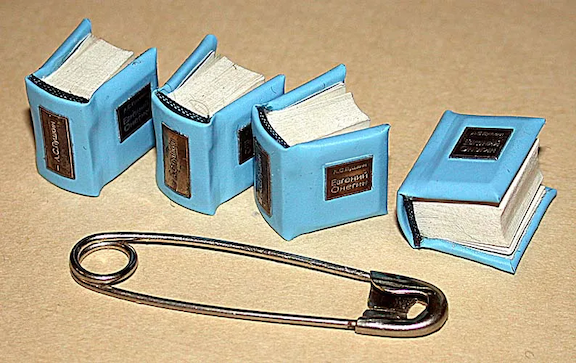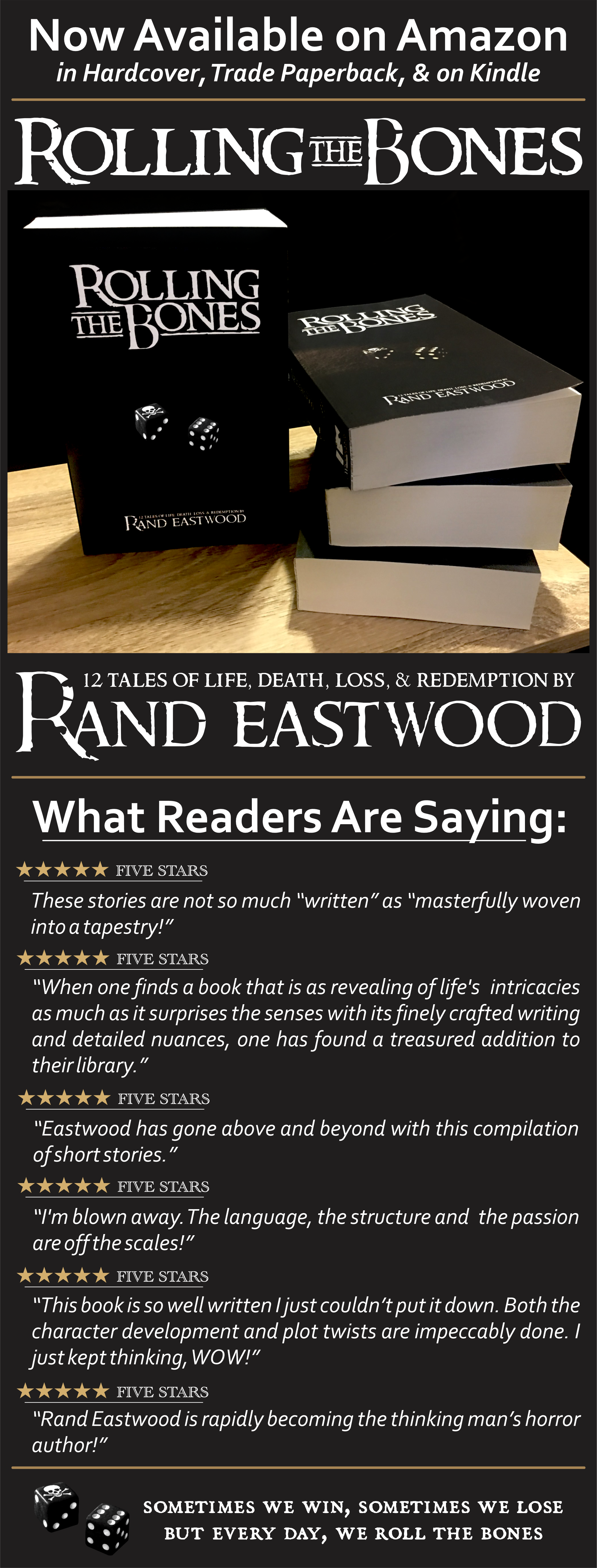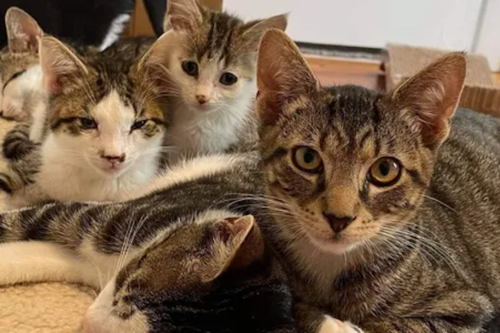I believe that when creating a work of fiction, it’s the writer’s job to supply characters, dialogue, and action, and just enough clues as to environment to give the reader something to work with—but it’s the reader’s job to fill in the details of the scene. Doing this makes the story their own, for they will fill in the details with those with which they are themselves already familiar. This helps to make the story real, and relevant, seemingly placing it right into their actual lives (or, even better, placing the reader right into the story).
But if the writer goes too far—filling in all the details via a laborious and wearisome descriptive—then much of the fun is lost, for both the writer and the reader. Now the writer is merely showing the reader the completed painting, rather then allowing the reader to help paint it. Instead, the writer should offer up an empty canvas, frame it, people it, then at best merely suggest to the reader how the final painting should appear. A paint-by-numbers, if you will. The reader will enthusiastically plunge in and bring the scene to completion, enjoying the process along the way.
In my opinion, this is how the reader participates in the story—and why the reader will care about the story.
With this in mind, I work diligently to strip my fiction of any detail which is not crucial to the story. I constantly ask myself, “Is this relevant?” As a result, I find myself omitting much of the descriptive—not only of the environment or scenery, but of the people as well, beyond a hint or two as to appearance or mannerisms, and then only if I deem them necessary to establish character, personality, lifestyle, history, etc. I’ve even been known to omit names altogether, if knowing the character’s name is not relevant to the story (my short story A Sweet Ride—a favorite among my readers—is a good example of this).
As a result, my fiction tends to be rather focused and intense; by cutting out all the irrelevant “fluff,” I am able to throw the reader directly into the action, where they must then begin to sort things out on their own—and quickly—as the story itself moves quickly, unencumbered by all the unnecessary and irrelevant flab which was cut off and left to die on my studio floor.
(As an aside, allow me to state that I do understand the need for “fluff” within the publishing industry; I understand the need to expand a book from 250 pages to 400 pages, or from 400 pages to 600, in order to justify the $25 – $35 price tag. I get it. And Stephen King, obviously, gets it too. But I don’t play that game. And besides, in the age of digital books, I need not).
But I digress…back to the point of this post:
In the past, I’ve challenged myself with various writing projects or experiments. I once challenged myself to just sit down and write a story, with no preconceived ideas whatsoever, I just sat down at a blank screen and started typing. The result: For Future Reference.
I also gave myself this writing challenge: one night, while lying in bed, I decided to conjure a random opening scene; after some thought, I came up with: how about a kid hitting a home run? Sounded good. Next morning, I gave myself only one hour before work to make something of it. The result: Tommy’s Homer.
I’ve also written two a few flash-fiction (1500 words or less) stories: The Road Home, The Ritual, Don’t Got Much Blood, and a couple others that slip my mind at the moment.
But once, I decided to experiment with micro-fiction (2oo words or less), dabbling in the idea of conceiving & writing a quickie in perhaps 15 minutes (or less). Sounded like fun, thought I’d give it a shot. Below is the result. Also: along the way, I decided to also strip out all of the formatting, which resulted in a look and structure resembling that of poetry…
It was a fun and interesting endeavor (at least the way I approached it), for all I supply are subtle clues—the reader, in effect, writes the actual story. And in a single sitting, I managed to pen the following three works of micro-fiction, and I hope y’all like them:
3 Micro-Fiction Stories
by Rand Eastwood
a harpoon gun
as he stood in the hunting & fishing supply shop
looking at the display model mounted on the wall
he couldn’t think of a better tool for the job
he maxed out his credit card
it was late morning by the time he returned
but his wife’s car was still there
parked in his best friend’s driveway
he wondered how long this had been going on
as he crept stealthily around the side of the house
careful not to snag the protruding steel tips in the shrubs
he’d visited his friend’s home many times
so when he slipped inside the unlocked back door
he knew exactly where the bedroom was
• • • •
it took some finagling to get the executive suite
up on the tenth floor, none other would do
he was told it had to be reserved
he pressed the manager, explaining
it was just for one night, she had died
that afternoon in the nearby hospital
finally, the manager relented
from the high balcony at night he could see
the myriad twinkling lights of downtown
their town, their home for many years
as he gazed at her photo in one hand
he felt as empty as the flask in the other
setting them both down on the table
he stood, turned, and leapt
• • • •
it was his birthday
all he asked for was a puppy
but they said no, no puppy
he glumly opened the presents
a spiderman action figure
a remote-controlled car
a new baseball and mitt
we can play catch later
with forced enthusiasm he agreed
they made him take out the trash
torn wrapping paper, empty boxes, styrofoam
he thought it unfair, it was his birthday
but still he dutifully complied
dragged the stuffed bag down the hall
once out in the garage
he dropped the bag in the can
and there it was
laughing and crying and shrieking
he carried it quickly inside
wriggling and licking and yipping
the candles were already lit
they began to sing
Like/Follow Lifeology Blog on Facebook • View Rand’s Books on Amazon
Visit Lifeology Store • Like/Follow Lifeology Store on Facebook
A Note To Readers:
If you found this article (or any of the others, for that matter) interesting, informative, entertaining, etc., please consider subscribing to the Lifeology email newsletter: simply enter your email into the form below (also in the right sidebar)—or, if you prefer, just use this simple quick sign-up form.
↓↓↓ Also, please hit the “Like” (thumbs up) button below. Thanks! ~ Rand




















